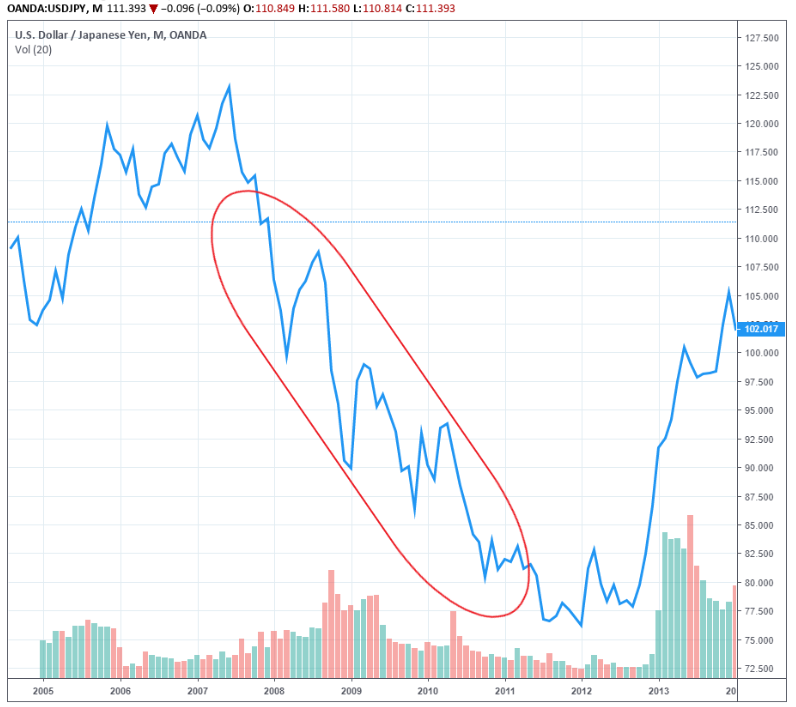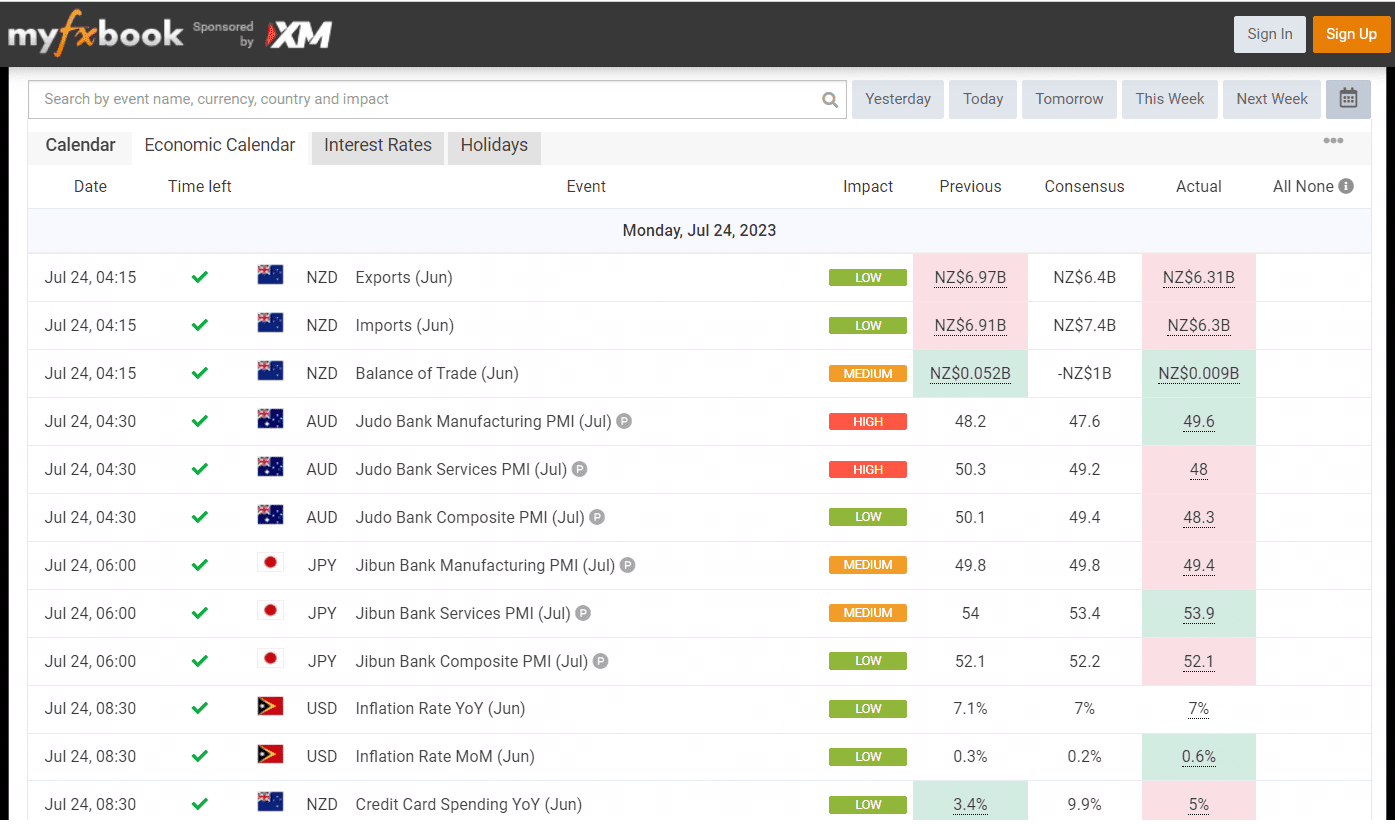Forex Trading Strategies for Trading the Carry Trade: Approaches for Effectively Implementing the Carry Trade Strategy
Forex trading offers a myriad of strategies for traders to capitalize on market movements and generate profits. One of the most popular and enduring strategies in the forex market is the carry trade. The carry trade strategy involves capitalizing on the interest rate differential between two currencies, aiming to profit from both exchange rate movements and the interest rate spread. In this article, we will delve into the intricacies of the carry trade strategy and explore effective approaches for its successful implementation.

Table Content
I. Understanding the Carry Trade Strategy
II. Approaches for Effective Implementation
1. Currency Pair Selection
2. Risk Management
3. Interest Rate Trends
4. Economic Indicators and Events
5. Diversification
6. Long-Term Perspective
7. Monitoring Global Events
8. Back-testing and Analysis
9. Adaptability
III. Footnote
Understanding the Carry Trade Strategy
The carry trade strategy is built on the concept of borrowing in a currency with a lower interest rate and investing in a currency with a higher interest rate. This differential in interest rates generates a "carry" – the profit earned from the interest rate differential between the two currencies. The trader not only aims to profit from the exchange rate movement but also from the accumulation of interest over time.
For instance, consider a scenario where the trader borrows in a currency with a low-interest rate such as the Japanese Yen (JPY) and invests in a currency with a higher interest rate like the Australian Dollar (AUD). If the exchange rate remains relatively stable or moves favorably for the trader, they can make a profit from the interest rate spread in addition to any potential gains in the exchange rate.
However, it's important to note that carry trades are not without risks. Exchange rates can be highly volatile, and a sudden unfavorable movement can result in losses that could potentially exceed the interest rate gains. Moreover, the success of a carry trade also depends on the stability of the interest rate differential, as central banks can change interest rates, impacting the profitability of the trade.
Approaches for Effective Implementation
Implementing the carry trade strategy requires careful planning, risk management, and a deep understanding of market dynamics. Here are some approaches that traders can consider for effectively implementing the carry trade strategy:
1. Currency Pair Selection
Choosing the right currency pairs is crucial for a successful carry trade. Traders should look for currency pairs with a substantial interest rate differential and a history of relatively stable exchange rate movements. Currencies from countries with strong economies and central banks that are less likely to make sudden interest rate changes are generally preferred.

2. Risk Management
As with any trading strategy, risk management is paramount in carry trading. Due to the potential for significant losses if the market moves against the trade, traders should never allocate a disproportionately large portion of their capital to carry trades. Setting stop-loss orders to limit potential losses and adhering to a risk-to-reward ratio are essential practices.
3. Interest Rate Trends
Monitoring and analyzing interest rate trends is vital for carry traders. Traders should stay informed about the monetary policies and statements of the central banks of the currencies they are trading. Changes in interest rates, as well as any hints about future rate changes, can impact the profitability of carry trades.
4. Economic Indicators and Events
Economic indicators and events can significantly influence currency movements. Traders should be aware of key economic releases, such as GDP growth, inflation data, and employment reports, as these can impact exchange rates and interest rate differentials. Sudden shifts in economic conditions can lead to changes in market sentiment, affecting carry trade positions.

Sources form myfxbook
5. Diversification
Diversifying carry trade positions across different currency pairs can help mitigate risk. If one trade experiences unexpected losses, profits from other trades may offset these losses. However, diversification should be approached with caution, as it requires a thorough understanding of the dynamics of each currency pair involved.

6. Long-Term Perspective
Carry trades are often more suitable for traders with a longer-term perspective. Holding positions over an extended period allows traders to capture not only interest rate differentials but also potential exchange rate movements. Short-term volatility can lead to losses, so patience is a virtue in carry trading.
7. Monitoring Global Events
Global events, such as geopolitical developments and economic crises, can have a significant impact on currency markets. These events can lead to sudden changes in market sentiment and exchange rates, affecting carry trades. Traders should stay informed about such events and be prepared to adjust their positions accordingly.

8. Back-testing and Analysis
Before implementing a carry trade strategy, traders should conduct thorough back-testing and analysis. Historical data can provide insights into how a particular currency pair has performed under different market conditions. This analysis can help traders assess the potential risks and rewards of a carry trade before committing real capital.
9. Adaptability
The forex market is dynamic and constantly changing. Traders need to be adaptable and willing to adjust their strategies based on evolving market conditions, interest rate shifts, and other relevant factors. What works well in one market environment may not be effective in another.
Footnote
The carry trade strategy remains a popular choice among forex traders due to its potential for consistent profits from interest rate differentials and exchange rate movements. However, success in carry trading requires a comprehensive understanding of market dynamics, risk management, and a disciplined approach to strategy implementation. By carefully selecting currency pairs, staying informed about interest rate trends and economic indicators, and practicing prudent risk management, traders can increase their chances of effectively implementing the carry trade strategy.
It's important to note that the carry trade strategy is not without risks, and traders should be prepared for potential losses. Additionally, seeking advice from financial professionals and continuously educating oneself about market developments can further enhance a trader's ability to succeed in the dynamic world of forex trading.











Discussion